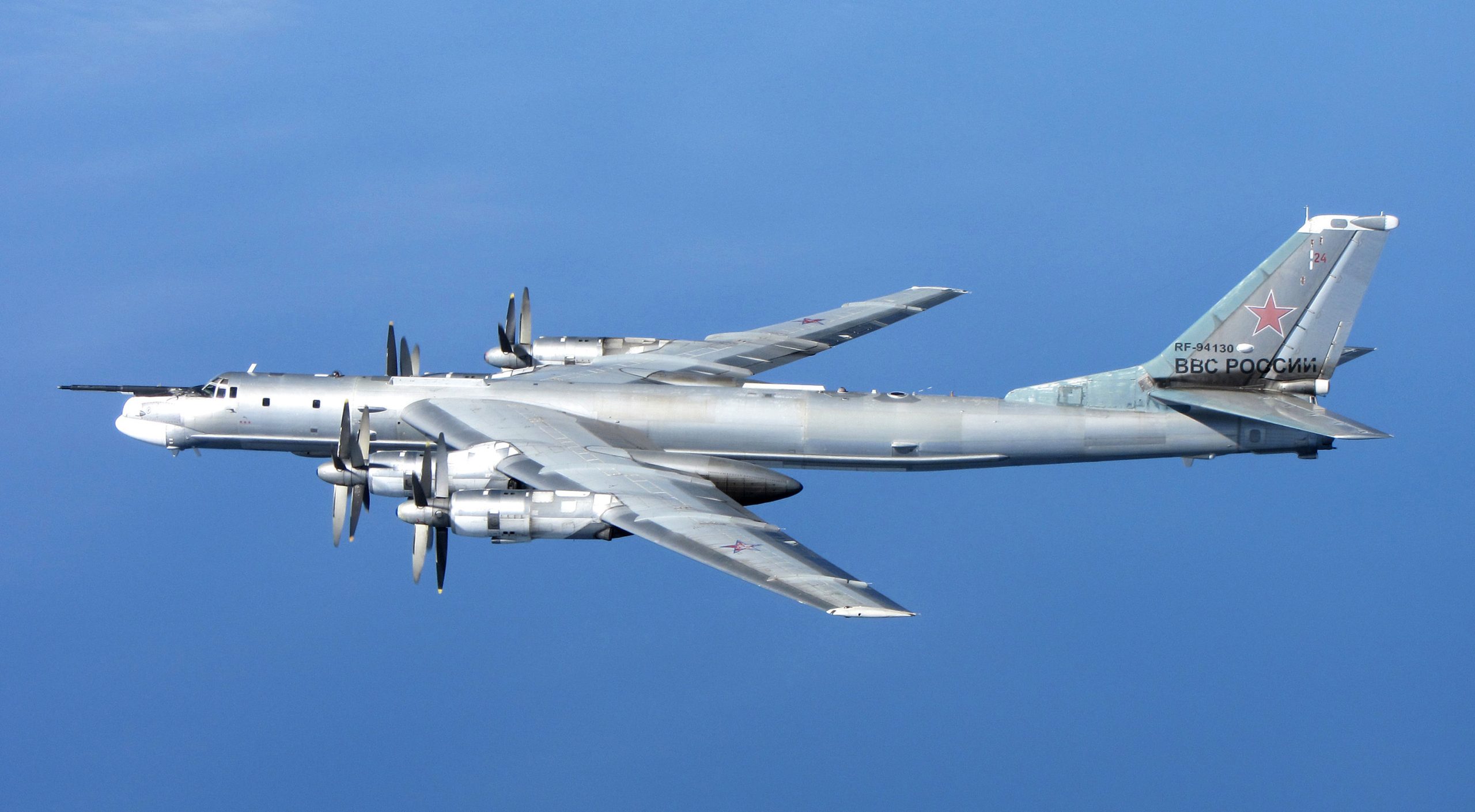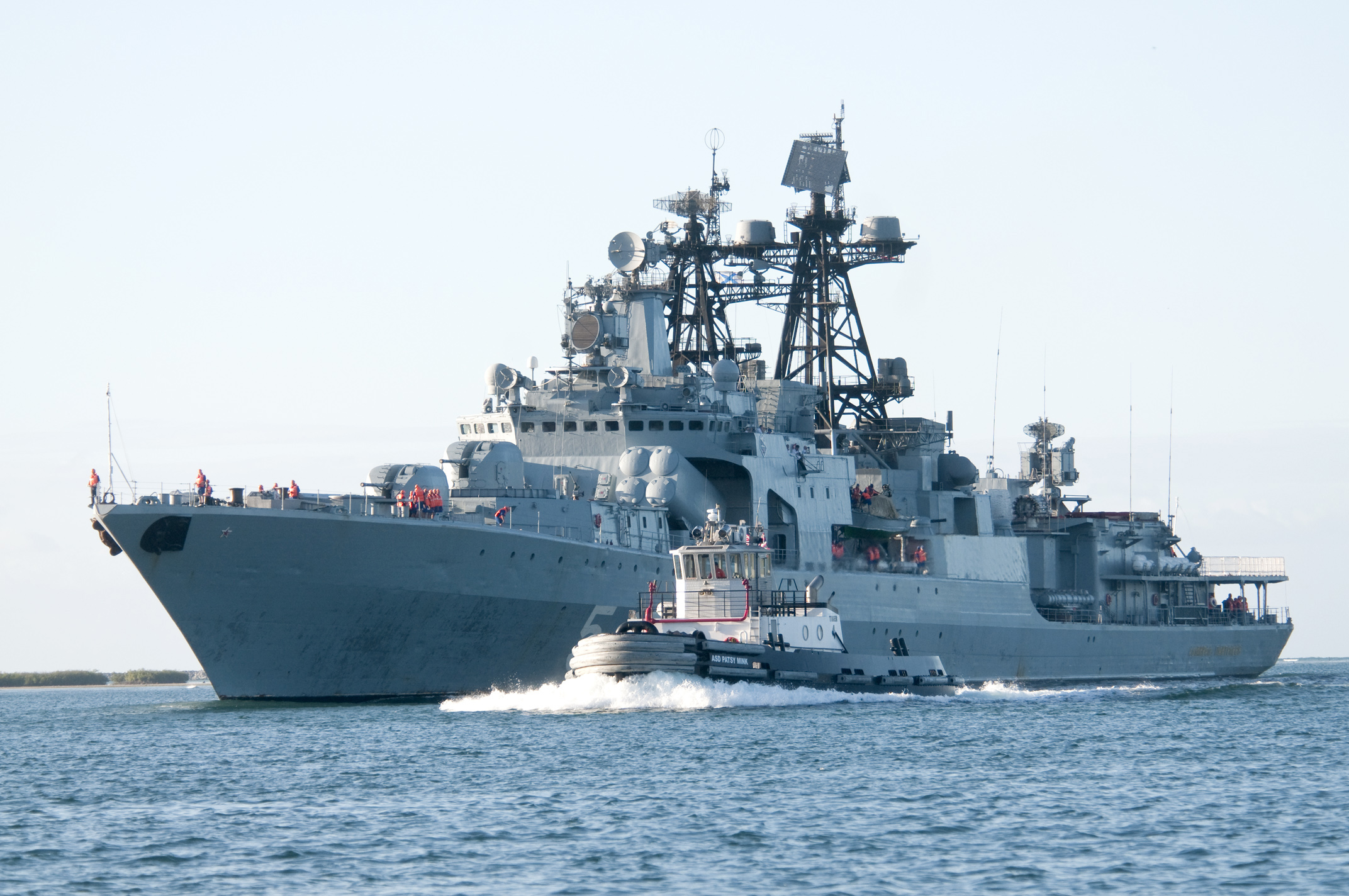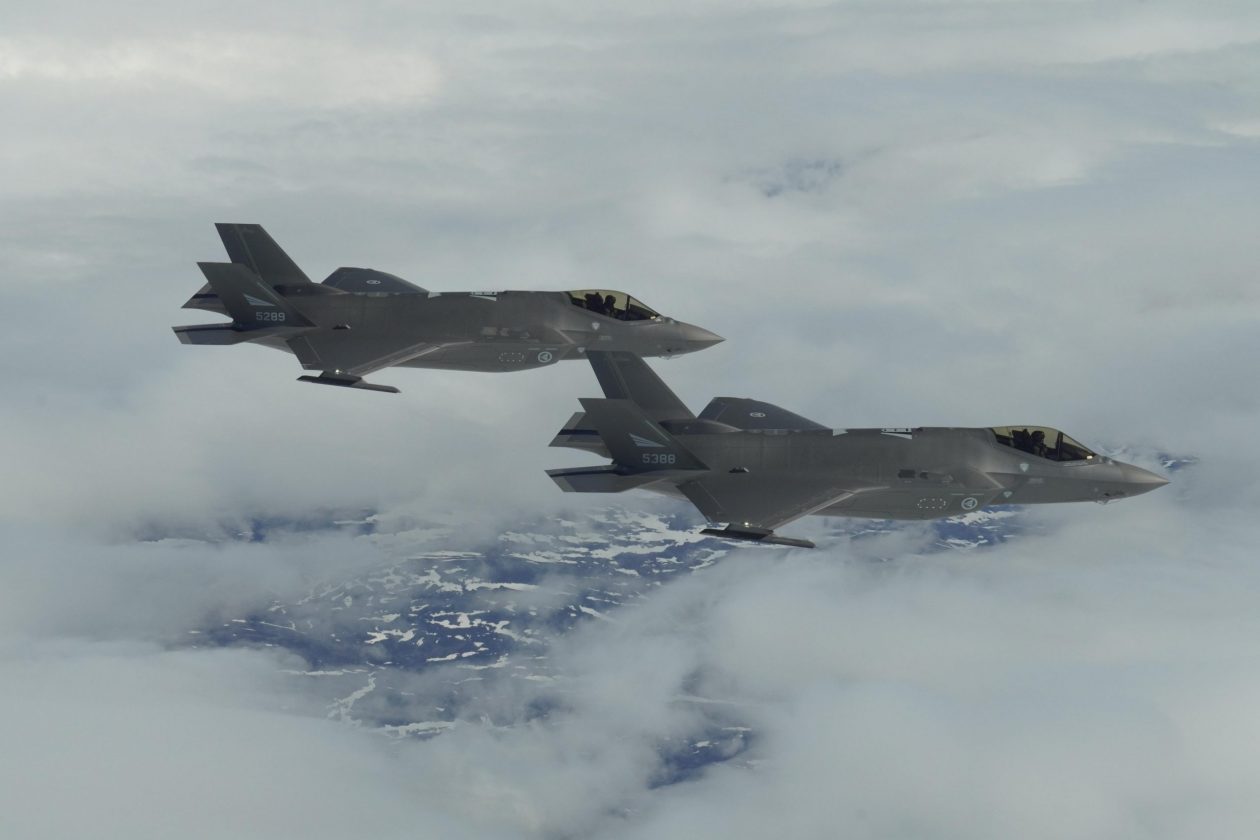By Amb. Gurjit Singh
Global attention is presently on the Ukraine crisis between Russia and NATO; there is considerable focus on the Indo-Pacific, particularly the South China Sea.
Beyond the raucous exchanges relating to these two critical areas, a contention is emerging in the Sea of Japan, which is linked to the East China Sea and the Pacific Ocean. In the East China Sea, China and Japan are contesting the Senkaku islands. Japan faces the maximum physical threat from Chinese intrusions here.
China Disputes British Sovereignty Over Falkland Islands; Rattles Both The UK, US With ‘Historic Deal’ With Argentina
The Russia-Japan relationship is not moving positively. Efforts for a settlement over the Northern Territories are suspended. Keeping in view Chinese rivalry with Japan, Russia has chosen the path of contention in Northeast Asia.
In the Japanese Defence Paper 2021, fears were expressed about Russia. The “trend of increasing activity by Russian armed forces in the vicinity of Japan, …has shown a recent tendency to deploy the latest equipment in the Far East region”.
Sino-Russian Military Cooperation
There is growing evidence of Sino-Russian enhanced military cooperation in East Asia. This perturbs Japan and its treaty partner the USA.
This Sino-Russian strategic thrust is ostensibly to counter the growing coordination between Western navies which have included the visit of the British flotilla, a German ship, and French vessels during the year.
These participated in exercises with Australia and Japan around the region. Evidently, China does not want to leave these efforts unchallenged. Since the Sea of Japan is closer to Russia, fleet deployments with Sino-Russian collaboration to enhance the challenges in Northeast Asia are emerging.

In December 2020, Russian Tu-95 bombers, along with Chinese H-6 bombers, embarked on long-distance joint flights from the Sea of Japan to the East China Sea and the Pacific Ocean. The Sino-Russian joint flights are the second instance following from July 2019.
In November 2021, the route went further towards Japan. In earlier years, Chinese aircraft for these combined sorties used to embark from Chinese bases and cross the Tsushima Strait into the Sea of Japan where the Russian flights would conjoin. Thereafter, the combined efforts would be over the East China Sea and then the Western Pacific.
In November 2021, the route was altered when Chinese bombers went from their bases in northern China over eastern Russia and joined the Russian bombers off Vladivostok before entering the Sea of Japan.
Russia — A Big Threat For Japan?
The regularity and variations of these sorties, according to Japanese defense officials, indicate that Sino-Russian collaboration is moving into a definite phase.
The defense paper cited above noted: “Russia is modernizing its military equipment, including strategic nuclear forces, and is gradually enhancing the deployment capability of its military forces in remote areas by securing military bases outside Russia”.

Naval deployments too have deviated from past practice. In October 2021, 10 ships of a Sino-Russian armada conducted an exercise through the Tsugaru Strait.
They entered the contentious East China Sea. By showing their reach the Sino-Russian forces draw the attention of the US-Japan establishment to the northern Sea of Japan and divert attention from the SCS and Taiwan.
The flotilla included the Chinese Type 055 guided-missile destroyer Nanchang, the Type 052D guided-missile destroyer Kunming, the Type 054A guided-missile frigates Binzhou and Liuzhou and the Type 903A supply ship Dongpinghu.
From Russia, the large anti-submarine ships Admiral Panteleev and Admiral Tributs, the sole instrumentation ship Marshal Krylov, and the corvettes of project 20380 Hero of the Russian Federation Aldar Tsydenzhapov and Gromkiy took part. In 2017 and 2019, similar but smaller ‘Joint Sea’ exercises were conducted.
The Tsugaru Strait lies between the main Honshu and northern Hokkaido islands. It is 19.5 km at the closest part. The Seikan Tunnel runs below, providing connectivity since 1988. The territorial waters of Japan are restricted to 3 nautical miles instead of 12, to permit the unquestioned passage of US nuclear-armed naval assets. It links the Sea of Japan with the Pacific Ocean. The Sino-Russian ships are now using the facilitation provided to the US navy.

China is developing the Julong-3 submarine-based intercontinental ballistic missile alongside the 096 nuclear submarine, which could be the vehicle for these. Once successfully developed, they could be deployed in the Sea of Japan, bringing the US East Coast within range of such missiles.
The Chinese PLA Air Force deployed the H-6 bombers in the coordinated flights with the Russian Air Force in November 2021. Bombers of this genre can be nuclear-armed. With the development of the Julong-3 and the tested range of the H6 aircraft, evidently, new Chinese nuclear weapons could be deployed on the northern part of the Sea of Japan posing a fresh challenge to the US.
US-Japan Strategy To Challenge China
There are four critical developments that the US-Japan defense establishment is looking at. First, the increasing coordination between like-minded countries in the Indo-Pacific and more exercises and naval deployments have not gone unnoticed. They have challenged China which is now working with Russia in Northeast Asia to counter the challenge.
Second, Russian deployments are unlikely in the South China Sea. However, they would support Chinese deployments in the East Sea and the Sea of Japan. This supplements the Chinese expansion of influence into the Western Pacific for which it is not Japan, but the US which is the direct target.
Third, the Taiwan crisis will test the will of the US and Japan. Any crisis there will pull naval ships and air elements deployed off US bases in Japan and on aircraft carriers towards Taiwan.

In a worst-case scenario, the unpredictable North Korean regime could create diversions. It keeps testing newer and more powerful missiles, which not only cross Japan but can target mainland USA as well.
On January 30, it tested the Hwasong-12 IRBM, its major achievement since 2017. It was the seventh missile test in January 2022! North Korea, like Russia, is not a player in the South China Sea and the contention over the Indo-Pacific.
Its aim is specifically Japan and the USA, to extract diplomatic concessions, which, since the defeat of President Trump, are not pursued by Washington.
The maverick regime in Pyongyang can create situations, which China and Russia would have to react to, if not defend. A Sino-Russian pivot to the Sea of Japan creates challenges for North Korea, which would not want its missile capabilities to be overridden by Chinese capabilities. It wants to be the nuisance-in-chief in the region, not a sideshow.
(The author is the former Ambassador to Germany, Indonesia, Ethiopia, ASEAN and the African Union. He is the Chair, CII Task Force on Trilateral Cooperation in Africa, and a Professor, IIT Indore.)




